Alloy of gold and silver
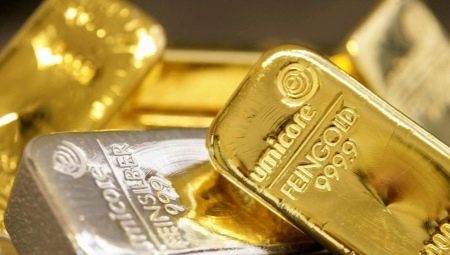
The very first precious metals that attracted human attention were native gold and silver. Natural alloy of gold and silver, called electrum, has been known since ancient times. It was used to make jewelry, coins and dishes, some of which have survived to this day in the form of museum exhibits. And until now, electrum jewelry is in demand. Let us consider in more detail what is the peculiarity of this alloy, as well as what decorations are made from it.
Peculiarities
Electrum is an opaque mineral with a metallic luster and is a type of gold nugget. The artificial alloy of gold and silver consists of one part of silver and three parts of gold. However, the natural composition of electrum does not contain such a strict ratio of one to the other. This metal has beautiful golden yellow color, less often - white or greenish... It is for its color that the mineral received such a name: in translation from the ancient Greek language, electrum means "amber".
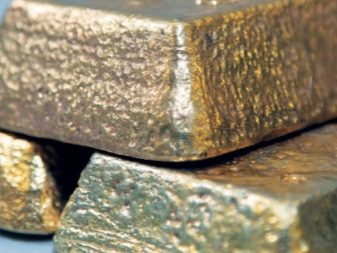
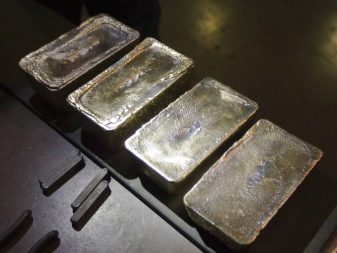
Sometimes this alloy is called "white gold", but this is not entirely true. In our country, white gold means an alloy with platinum, but in European countries, white gold is obtained precisely from artificial electrum. This difference must be kept in mind when shopping for jewelry.
To strengthen the structure of gold, various alloys are very often used: with silver, copper, platinum, palladium. The main component of the ligature for the yellow metal is, of course, silver. It lowers the melting point and allows the alloy to become more ductile, and also adds resistance to abrasion and mechanical damage to the finished product.
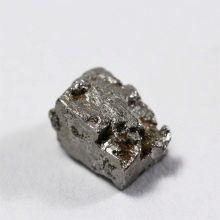
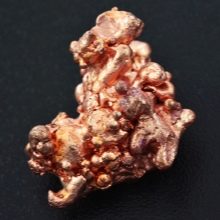
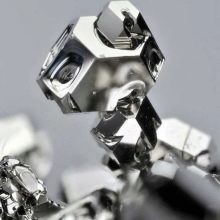
In jewelry, electrum is called "Green gold" but, in addition to a mixture of gold and silver, it may also contain cadmium and copper. Due to the toxicity of cadmium in the Russian Federation and European countries, it is not added. However, some countries still use cadmium when smelting green metal.
The color of the alloy is regulated by GOST 30649-99 dated 01.07.2000 and is four samples:
- ZlSR 585-415 (green),
- ZlSrM 585-300 (yellow-green color),
- ZlSr 750-250 (green),
- ZlSrM 750-150 (greenish-yellow).
Samples differ in the percentage of noble metals and the presence (or absence) of copper in the master alloy.
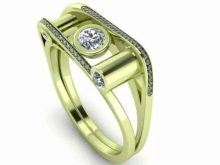
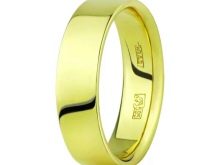

Green gold is a rather fragile alloy... The main feature of electrum is the impossibility of accurately determining all chemical and physical properties due to differences in the percentage of elements in the nugget.
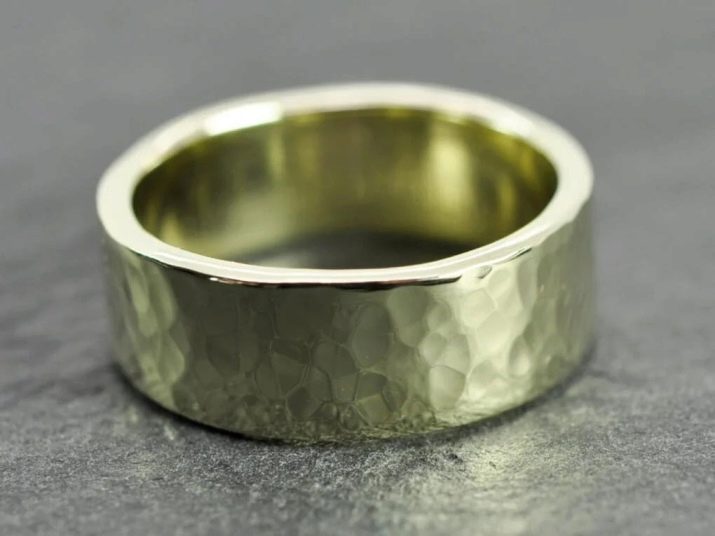
Properties
In ancient times, ritual weapons, jewelry, the first minted coins and dishes were made from an alloy of gold and silver. Sometimes nuggets literally lay underfoot. Due to the fact that the metal was almost on the very surface of the soil, it was almost completely collected during the gold rush. Therefore, for the most part, such an alloy is currently obtained exclusively by artificial means. The addition of silver makes the metal more ductile, making it easier to process in jewelry makers.

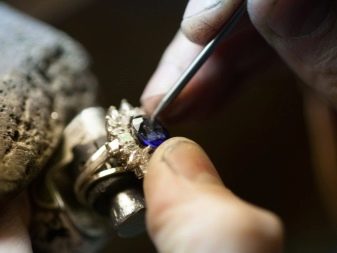
The main properties of the alloy are:
- oxidation stability;
- significant melting temperature;
- high density;
- hardness on the Mohs scale - 3 points;
- high coefficients of electrical conductivity and current conductivity;
- resistance to dissolution in acids (except aqua regia and hydrocyanic acid).
It should be noted that natural electrum has a low hardness - it can be easily scratched or cut even with an ordinary knife.

When making artificial alloys of gold and silver, some nuances must be taken into account.
- First of all, the yellow metal is melted, and then any other components are added to it.
- Copper should never be added before silver or other precious metals. The reason is this: due to the properties of copper, the alloy can solidify unevenly.
- Particular attention must be paid to the melting point. Strict control of this parameter is needed so that the metal does not overheat and become brittle.
An approximate sample of a nugget can be determined as follows: draw a nugget over the touchstone. A shiny line should remain on its surface, the color and gloss of which is compared with the reference indicators.

Varieties
Native gold has several varieties.
- Electrum (or silver gold).
- Cuproaurite (or auricupride), otherwise called cuprous (pure) gold. Contains, in addition to the yellow metal, a significant percentage of copper. At a copper content of 9-20%, the color becomes pinkish, at 25-30% - red. Because of this color, the name of such nuggets came about - pure gold.
- Bismutoauritis (or bismuth gold). Holds up to 4% bismuth.
- Give birth to (ancestral gold). Contains up to 43% rhodium.
- Porpecite (palladium gold). The name is given for the Porpeze region in Brazil, it contains from 5% to 12% palladium. The nugget is white.
- Iridian gold. Contains up to 30% iridium in pure form or with impurities.
- Platinum gold. This alloy contains up to 11% platinum or a mixture.
- Magnetic gold. Contains iron impurities.
In our country, electrum is mined in the Far East (Khakandzha deposit), Aldan, the Urals and Altai, in Transbaikalia, the Republic of Sakha (Yakutia) and Primorye.
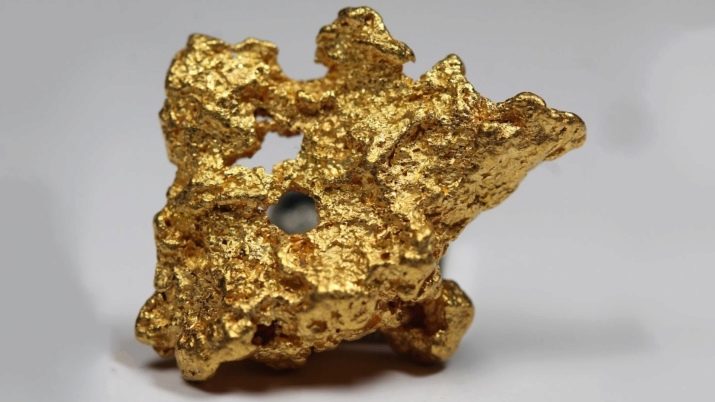
Application
Alloys of noble metals are used in the jewelry industry, where they make various jewelry, for example, rings, chains, pendants and earrings. V dentistry they are used in the manufacture of bridges and crowns.

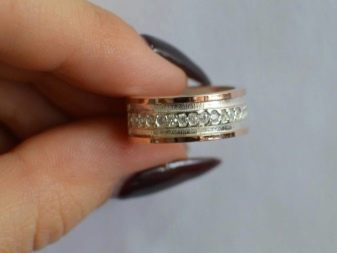
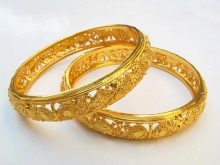

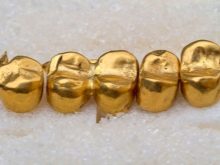
In the chemical industry some alloys are needed to coat pipes that are used to transport aggressive chemicals. In the electronics industry there is a need for gold-silver alloys for the manufacture of collector electrodes. In microelectronics noble metal alloys are used in the form of electroplated coatings of connectors and contact surfaces. And they are also used for the manufacture of valuable premium attributes in sports (cups, medals). V nuclear field also, precious metals and their mixtures cannot be dispensed with.
On the basis of these substances, even pharmacological preparations are produced to combat diseases such as tuberculosis or rheumatoid arthritis.

Products from an alloy of yellow metal will always be in demand, because, in addition to all of the above, they are also a good investment contribution to the future.
Read more about another popular precious metal alloy - pure gold - in the video below.








